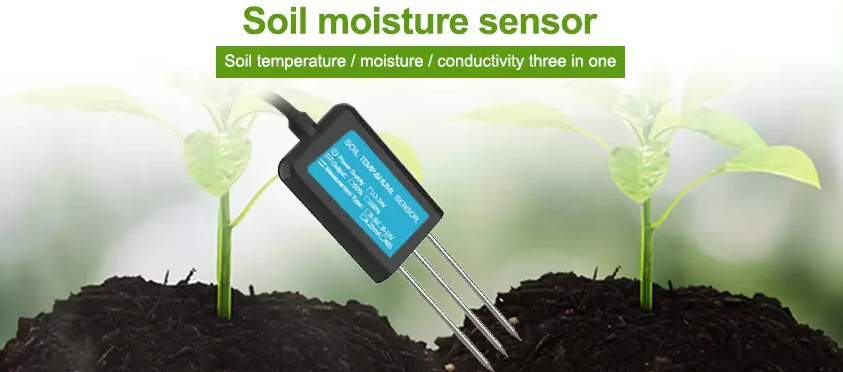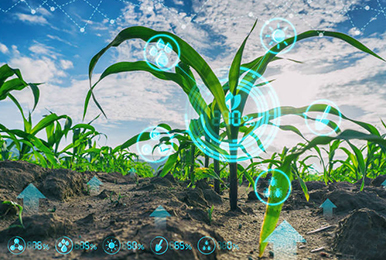As agricultural technology continues to advance and evolve, we use soil temperature sensor in irrigation management to increase crop yields.

Benefit of soil temperature sensors
Soil temperature sensor can monitor soil temperature accurately and in real time. This information determines the optimal irrigation time based on soil temperature reaching a certain level. By monitoring temperatures, farmers can prevent over – or under-watering their crops, thereby improving water efficiency and crop growth.
Another benefit of soil temperature sensor is the ability to detect soil moisture content. When combined with temperature readings, these two variables can provide an accurate picture of the soil’s condition. With this information, farmers can adjust irrigation plans as needed to ensure that crops are getting the right amount of water.

In addition to improved irrigation efficiency, soil temperature sensor can also aid in disease prevention. Certain plant diseases thrive in specific temperature ranges. By monitoring soil temperature, farmers can detect changes that may indicate increased disease risk, allowing them to take preventive measures before outbreaks occur.
The use of soil temperature sensor in irrigation management is not without its challenges, however. Proper installation and calibration are critical to obtain accurate readings. Additionally, soil temperature can vary within a single field, so careful placement of sensors is necessary for accurate data collection. However, with proper installation and calibration, the benefits of soil temperature sensors in irrigation management can be significant.
In conclusion, the use of soil temperature sensors in irrigation management offers a promising solution for increasing crop yields. By providing real-time temperature readings, they are able to optimize irrigation plans to use water more efficiently for crops. By detecting changes in soil temperature and moisture levels, they also aid in disease prevention, further improving crop quality. While there are challenges in their use, proper installation and calibration can overcome them. Making soil temperature sensors an excellent choice for modern irrigation management.
